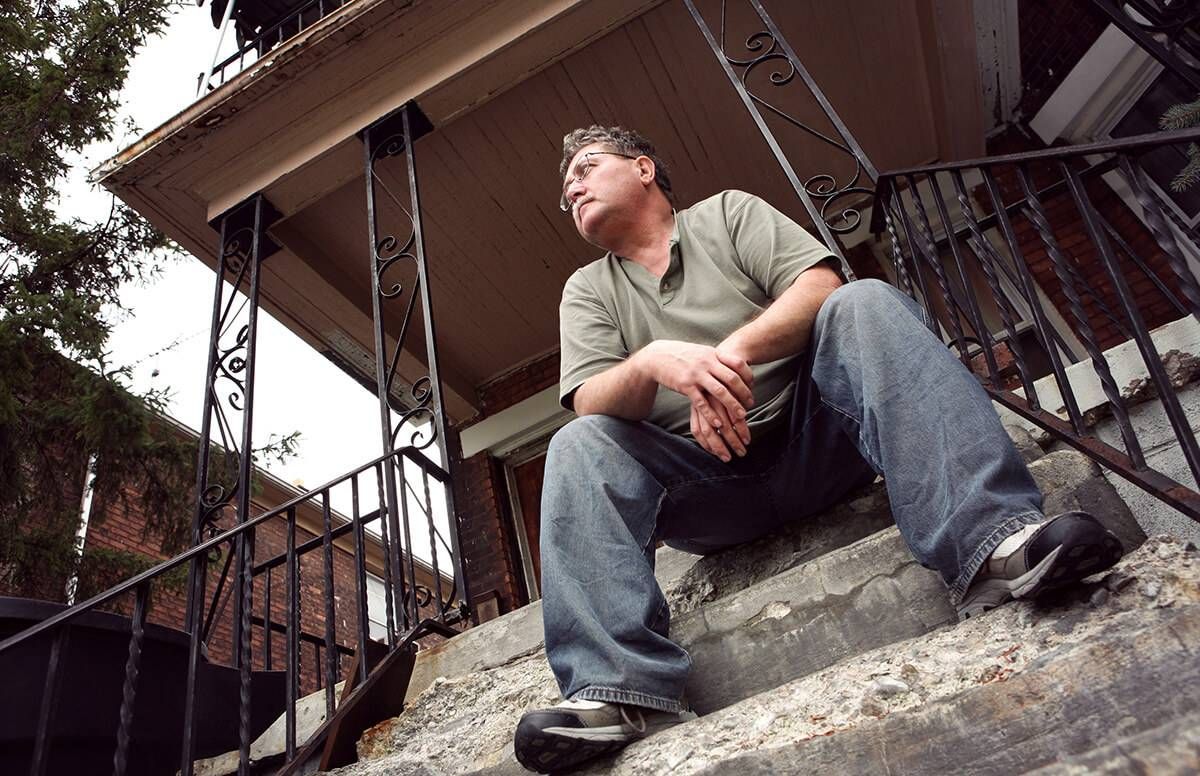Cities Must Tackle Longevity Inequality
In some places, people aren't living the longer lives that others are elsewhere
Why would a baby boy born in Fairfax County, Va., expect to live nearly 18 years longer than one born 350 miles away in McDowell County, W. Va.? This question, prompted by the results of a 2013 study, underscores a disturbing reality: America is a land of longevity inequality, with many communities marked by dramatically shorter lifespans than others.

Another recent study — from MIT — shows that the wealthiest 1 percent of men in the U.S. live 14.6 years longer, on average, than the poorest 1 percent. Among women in those wealth strata, the gap is more than 10 years.
The Consequences of Longevity Inequality
Alarming consequences stem from this disparity. The injustice even affects how much people receive from federal entitlement programs such as Social Security and Medicare, which provide support for fewer years to those with shorter lives. It’s a matter of math.
Longevity is tied in complex ways to socioeconomic factors such as education, access to health care, nutrition, smoking rates, exercise, safety and pollution. Together, these conditions are linked to location — demonstrated by the divergence between Fairfax and McDowell counties.
Scientists cite the components of physical and mental well-being (including stress levels, sense of opportunity, neighborhood safety, food affordability, housing, health care and work environments) as influencers of this place-based variation in longevity. While age-friendly advances in some locales highlight forward-thinking leadership, regions in all parts of America contain niches where lifespans remain limited, areas where well-being is obviously suffering.
We know also that longevity disparity aligns with income disparity. Simply put, the well-to-do live longer. One argument holds that the sharp drop in smoking among the wealthy and well-educated accounts for some of this discrepancy. But broader social and economic realities clearly are at play.
A Widening Gap
And the gap has been widening for years.
In the early 1970s, a 60-year-old man in the top half of the earnings distribution could expect to live a slight 1.2 years longer than one in the bottom half, according to the Social Security Administration. In 2001, however, the richer man would expect to enjoy a 5.8-year longevity windfall.
We need this wealth of longevity to be widely shared. The demographic and geographic transformations that are underway — with the 65-and-older population on track to double in the next four decades and urbanization proceeding apace — make our task all the more crucial, and cities are at the center of the solution.
Why Cities Need to Step Up
Metropolitan areas are ground-level incubators of economic growth and policy advances. They are where social services and livability supports such as transportation, affordable housing and educational opportunities are abundant — or should be.
Livability contributes to longevity, as does a sense of purpose, which can be achieved through encore careers, volunteerism, education and other forms of engagement. A vital, involved older population is an asset, and communities benefit as their mature residents participate in the social life and business life of the city.
A movement is gathering to harness older people’s potential and create environments that enrich life for residents of all ages. The Milken Institute Center for the Future of Aging, where I am chairman, applauds the progress being made. In recent years, we’ve researched the attributes of age-friendly cities and focused on the central role of mayors in preparing for a demographic shift that will pose difficult challenges, to be sure, but offer a tremendous upside as well.
Building on such age-friendly initiatives, we must take the steps necessary to include neighborhoods burdened by longevity inequality.
A Tale of 3 Metro Areas
We’re inspired by New York’s award-winning Age Friendly NYC program that works to identify and catalyze improvements to enable older people to access, enjoy and contribute to city life. But in Brooklyn's Brownsville neighborhood, the average person can expect to live only to about 74. Six miles away, in Manhattan's financial district, life expectancy is more than 11 years longer.
We’re excited by the recently launched Purposeful Aging Los Angeles initiative, which integrates consideration of the aging population into the broader planning activities of public and private organizations throughout the region. Yet a recent report suggested that a resident of Los Angeles’ upscale Bel Air or Brentwood communities lives on average about 12 years longer than his or her counterpart in South L.A. or Boyle Heights.
We’re encouraged by the commitment of Chicago, a member of the World Health Organization’s Global Network of Age-Friendly Cities. But in the city’s Hyde Park, where 70 percent of residents have a bachelor’s degree or higher, life expectancy is 13 years longer than in Washington Park to the west.
What Would Eliminate Longevity Disparities
What will it take to eliminate these types of disparities?
- Streets need to be safe and walkable.
- Nutritious food should be available to all.
- Affordable housing and transit options, and opportunities for work, learning, engagement and cultural enrichment, must be spread to every neighborhood.
Achieving these goals will move us toward more effective communities and a more just nation.
Washington, D.C., has demonstrated one approach, with its Age-Friendly Block-by-Block Walk. Volunteers and city staff traverse neighborhoods to identify the needs and concerns of older residents and then target concrete improvements. This micro-intervention sets an example that can be replicated in communities large and small.
As we aspire to create great cities for successful aging, it’s time to tackle longevity inequality. More research is needed to help us fully understand its causes, and unacceptable conditions must change. At the federal level, the problem has been neglected for too long. Now, America’s cities have the opportunity to lead. Closing the gap and enabling long, healthy, purposeful lives for all will take leadership and caring communities that are ready to make up for lost time.
Next Avenue Editors Also Recommend:


